Comments / Questions (161)
![]() Jana wrote:
Jana wrote:
Strickt man den Rock zusammen wenn man auf die nächste Nadelstärke gewäckselt hat?
30.08.2025 - 17:37
![]() Eivor wrote:
Eivor wrote:
Storleiken på str. XXXL er ganske liten. 108 cm. Er det fordi det er vrangbord eller er det feil i oppskrifta?
13.06.2025 - 09:35DROPS Design answered:
Hei Eivor. 108 cm er når det ligger flatt. Ja, vrangborden trekker arbeidet godt sammen. Vrangborden er meget elastisk, så det er riktig slik det står i oppskriften. Bare husk å ikke legge opp for stramt. mvh DROPS Design
16.06.2025 - 09:59
![]() Juliane Sauerbeck wrote:
Juliane Sauerbeck wrote:
Hallo, habe den Rock in M gestrickt, er ist fertig und eigentlich schön, aber er rutscht. Was kann ich machen? Garn habe ich noch. Soll ich im Bund Maschen aufnehmen und ein engeres Bündchen stricken? Oder Gürtelschlaufen dranhäkeln? Oder innen ein Band anbügeln?
19.09.2024 - 18:45DROPS Design answered:
Liebe Frau Sauerbeck, Sie können vielleicht einen elastischen Faden auf der Rückseite mit langen Stichen annähen - fragen Sie mal Ihr DROPS Händler, vielleicht haben sie dort eine andere Idee.
20.09.2024 - 08:31
![]() Juliane Sauerbeck wrote:
Juliane Sauerbeck wrote:
Hallo, bin fast fertig mit Stricken. - Sollte der Rock noch angefeuchtet werden und auf eine Unterlage gepinnt trocknen? Freundliche Grüße
08.08.2024 - 20:40DROPS Design answered:
Liebe Frau Sauerbeck, nicht unbedingt, einige Strickerinnen spannen alles andere nichts, so wählen Sie ob Sie das machen möchten oder nicht. Viel Spaß beim Stricken!
09.08.2024 - 07:15
![]() Annette Højsbo wrote:
Annette Højsbo wrote:
Hej! Jeg er lige gået i gang med at strikke nederdelen. Er der noget problem i at strikke nederdelen fra vrangsiden? På den måde bliver det hovedsageligt retmasker, jeg skal strikke og det synes jeg falder mig nemmere. Vh Annette
09.11.2023 - 14:42DROPS Design answered:
Hei Annette. Kan ikke se at det skal være noe problem. Men prøv ut kastene og se om du vil gjøre de fra retten eller vrangen, se hva du syns blir penest. mvh DROPS Design
13.11.2023 - 12:44
![]() Sara wrote:
Sara wrote:
Var hittar jag något typ av mått (höft-mått) på storlekarna så jag vet vilken jag ska välja?
02.10.2023 - 09:48DROPS Design answered:
Hej Sara. Du hittar en måttskiss längst ner på mönstret med mått i cm i alla storlekar. Mvh DROPS Design
03.10.2023 - 14:15
![]() Nastja wrote:
Nastja wrote:
Kann man dieses Rock auch mit Nadelspiel aus 5 Nadeln in Runden stricken, wie bei Socken? Mit freundlichen Grüßen
25.08.2023 - 13:43DROPS Design answered:
Liebe Nastja, Sockennadeln sind etwas kurz (ca 20 cm), die werden wahrscheinlich etwas zu kurz für alle Maschen, dann brauchen Sie lieber mehr als 5 Nadeln. Viel Spaß beim stricken!
25.08.2023 - 13:55
![]() Nastja wrote:
Nastja wrote:
Hallo, bei mir klappt es mit Rundstricknadeln nicht so gut in Runden stricken, kann man das Rock stattdessen mit Nadelspiel stricken? Mit freundlichen Grüßen
25.08.2023 - 11:53DROPS Design answered:
Liebe Nastja, ja genau, diese Lektion kann Ihnen damit helfen; Vollpatent stricken Sie in Hin- und Rückreihen wie in diesem Video. Viel Spaß beim stricken!
25.08.2023 - 12:14
![]() Anastasia wrote:
Anastasia wrote:
Und was ist, wenn die Maschenprobe nicht stimmt?
14.08.2023 - 21:47DROPS Design answered:
Liebe Anastasia, dann soll man mit einer anderen Nadelgröße stricken, hier lesen Sie mehr über die Maschenprobe. Viel Spaß beim stricken!
15.08.2023 - 09:09
![]() Anastasia wrote:
Anastasia wrote:
Liebes Drops-Team. Für die Rundnadel Nr. 3 (80 cm) gibt es eine Maschenprobe, für die anderen Nadeln aber nicht, braucht man es für die nicht? Danke im Voraus
12.08.2023 - 21:06DROPS Design answered:
Liebe Anastasia, sollte Ihre Maschenprobe mit der Nadeln Nr 3 richtig sein, dann sollte die Maschenprobe mit den anderen Nadeln auch richtig sein. Viel Spaß beim stricken!
14.08.2023 - 09:45
First Lady#firstladyskirt |
|
 |
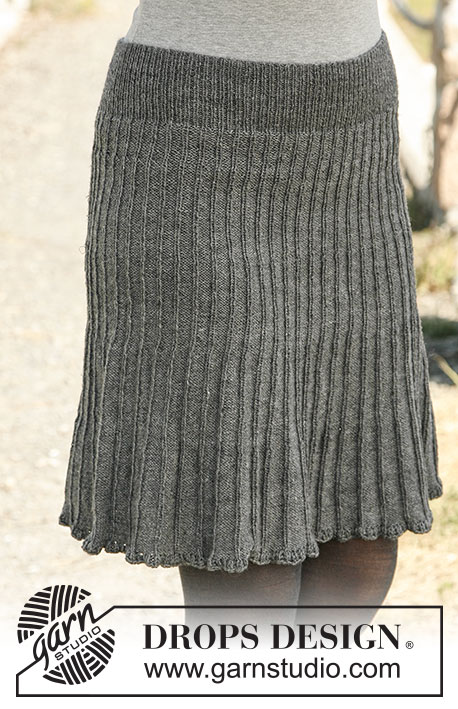 |
Knitted DROPS skirt in ”Fabel” or "Flora". Size: S - XXXL.
DROPS 131-4 |
|
|
ENGLISH RIB (in the round on circular needle): ROUND 1: * K 1, 1 YO, slip 1 st as if to P *, repeat from *-*. ROUND 2: *1 YO, slip 1 st as if to P, P tog YO and slipped st*, repeat from *-*. ROUND 3: * K tog YO and slipped st, 1 YO, slip 1 st as if to P *, repeat from *-*. Repeat round 2 and 3. -------------------------------------------------------- SKIRT: Worked in the round on circular needle, top down. Cast on 192-216-240-264-288-328 sts on circular needle size 2.5 mm with Fabel or Flora. Work rib = K 1/P 1 for 8 cm. Switch to circular needle size 3 mm. Then work K 1/P 3 (make sure that K 1 st is worked over K 1). Continue like this until piece measures 12 cm. REMEMBER THE KNITTING TENSION! Now inc 1 st in every P section by working 1 YO at beg of every P section = 240-270-300-330-360-410 sts. Continue with K 1/P 4 - P the YOs twisted (i.e. work in back loop of st instead of front) to avoid holes. When piece measures 22-22-22-24-24-24 cm, inc 1 st in every P section but this time work the YO at the end of every P section = 288-324-360-396-432-492 sts. Continue with K 1/P 5 until piece measures 32-32-32-36-36-36 cm. Now inc 1 st at beg of every P section = 336-378-420-462-504-574 sts. Continue with K 1/P 6 until piece measures 42-42-42-48-48-48 cm. Now inc 1 st at the end of every P section = 384-432-480-528-576-656 sts. Continue with K 1/P 7 until piece measures 51-53-55-57-59-61 cm. Switch to circular needle size 4 mm and work 5 rounds in ENGLISH RIB - see explanation above. Then loosely cast off with K over K and P over P. NOTE: YOs from previous round are cast off as sts, this is done so that the edge is not too tight. |
|
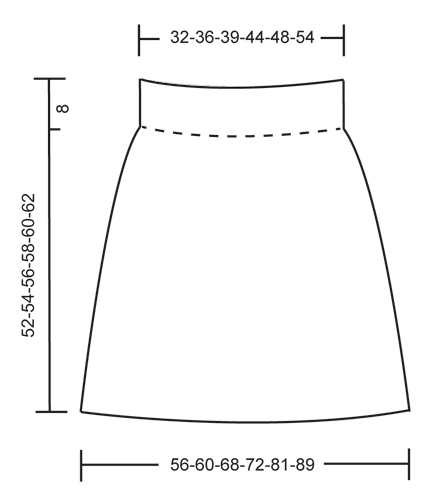 |
|
Have you finished this pattern?Tag your pictures with #dropspattern #firstladyskirt or submit them to the #dropsfan gallery. Do you need help with this pattern?You'll find 10 tutorial videos, a Comments/Questions area and more by visiting the pattern on garnstudio.com. © 1982-2025 DROPS Design A/S. We reserve all rights. This document, including all its sub-sections, has copyrights. Read more about what you can do with our patterns at the bottom of each pattern on our site. |
|








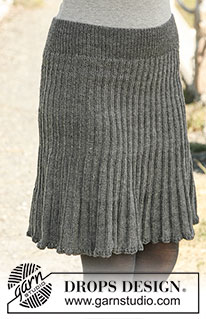

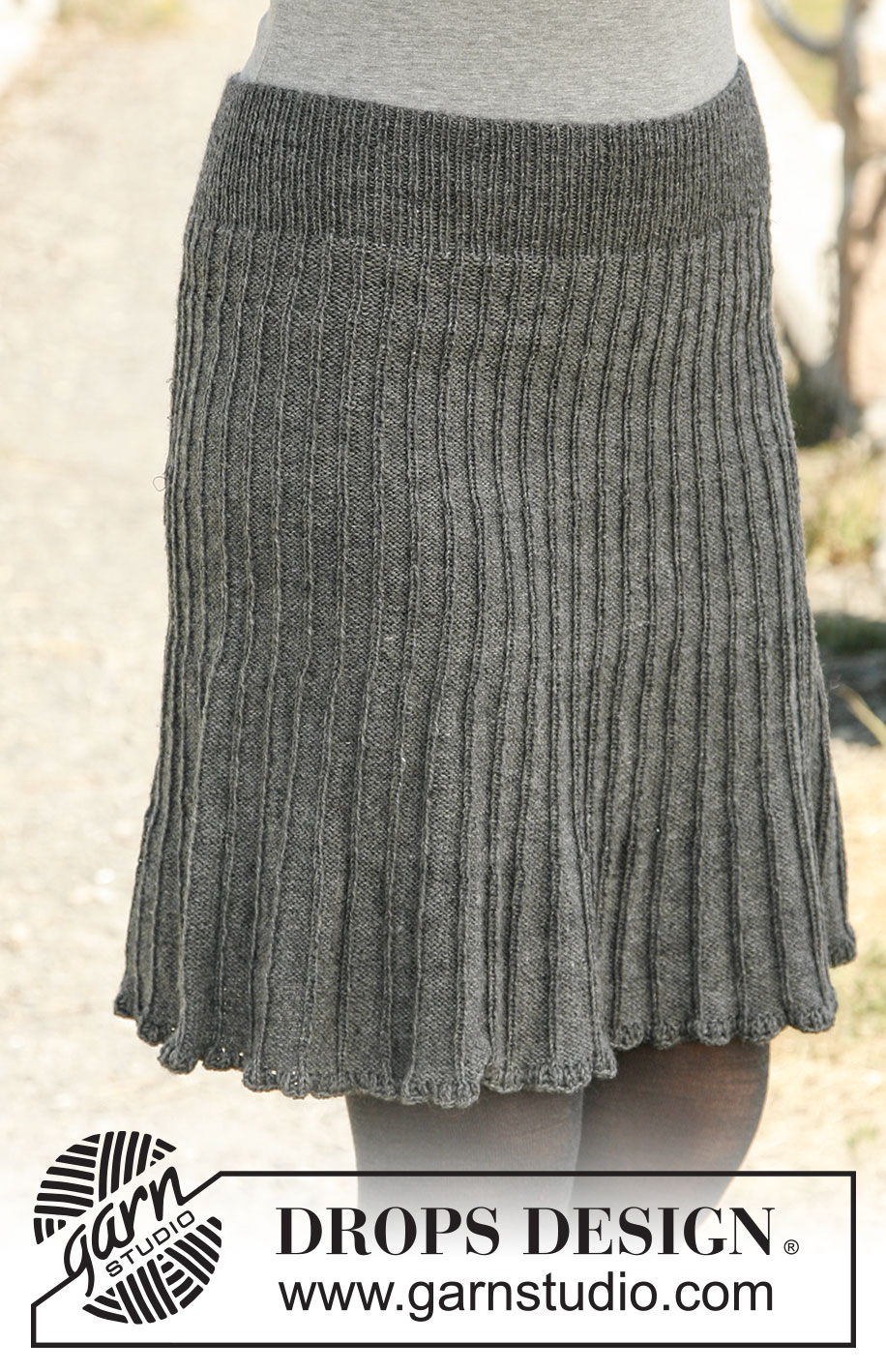


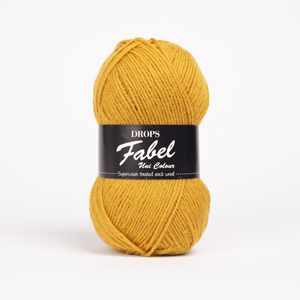
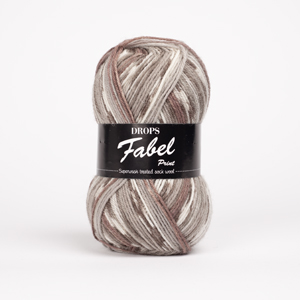
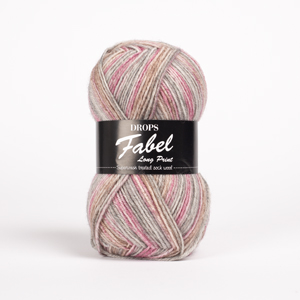











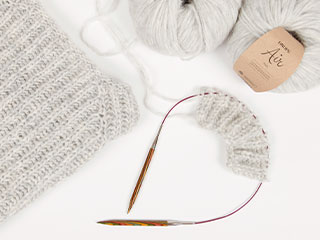



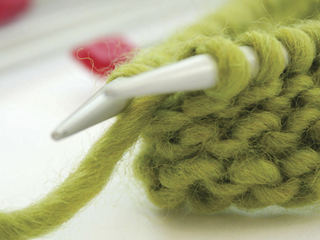




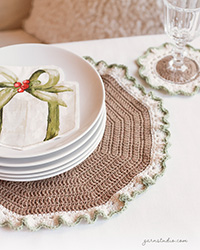
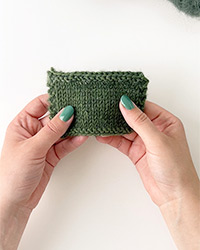

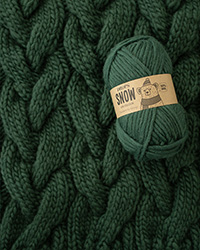
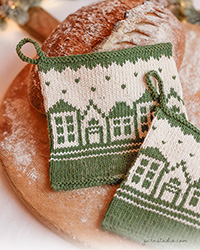
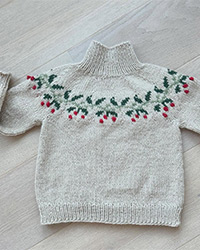
Post a comment to pattern DROPS 131-4
We would love to hear what you have to say about this pattern!
If you want to leave a question, please make sure you select the correct category in the form below, to speed up the answering process. Required fields are marked *.